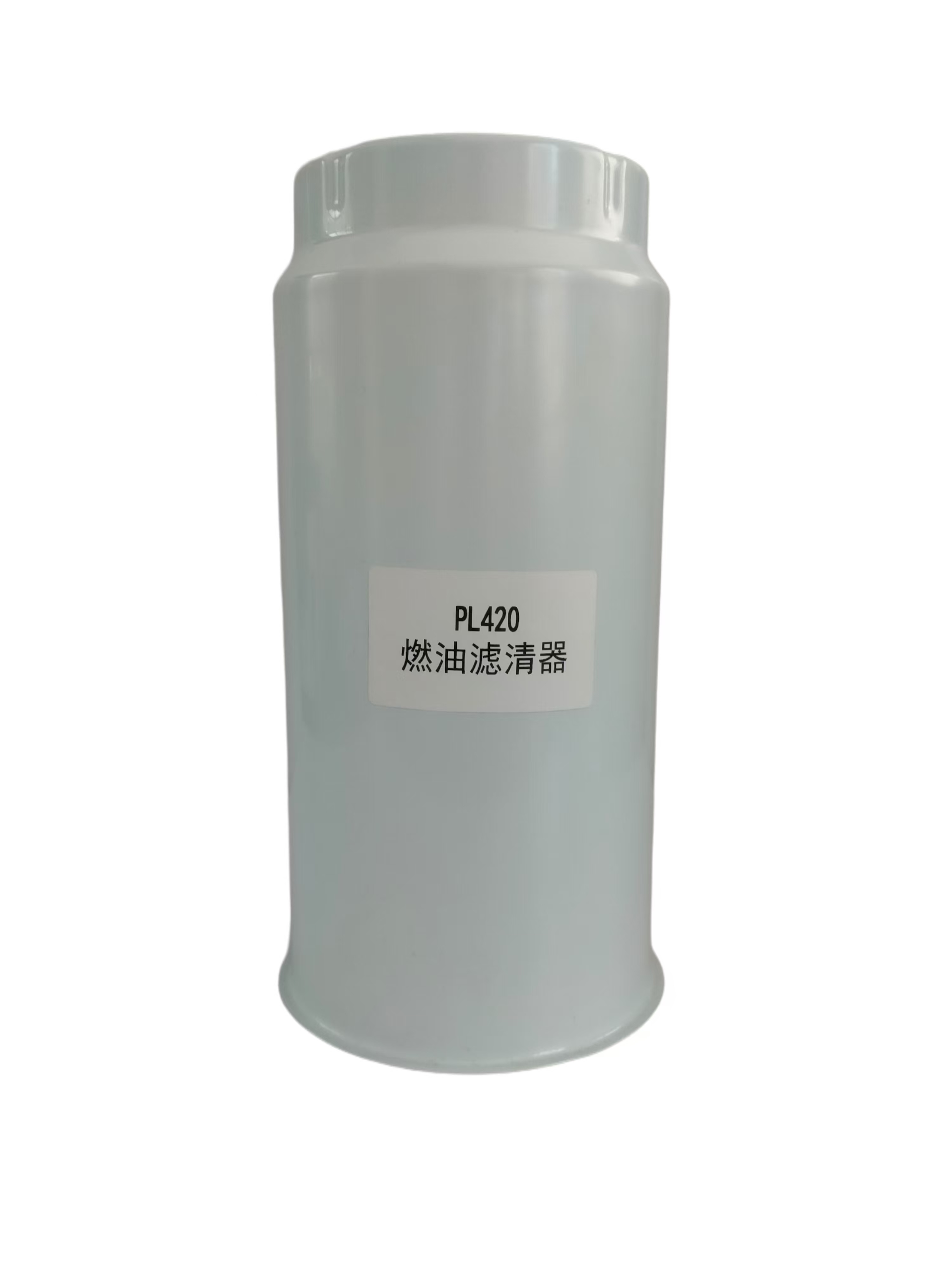How to maintain a small car's oil filter
2025-08-01
As an indispensable mode of transportation in modern life, the stability of a passenger car's performance and its lifespan largely depend on the owner's daily maintenance. Among these, the fuel filter (abbreviated as oil filter), as an important component of the fuel system, bears the responsibility of filtering impurities and protecting the engine. Therefore, the maintenance of the oil filter is particularly important. This article will detail the maintenance methods for passenger car oil filters to help owners better maintain their vehicles.
I. The Role and Importance of the Oil Filter
The fuel filter is a key component in a car's fuel system. Its main function is to filter out impurities, water, and gum from the fuel, ensuring that the fuel supplied to the engine is clean and free of impurities. Clean fuel contributes to stable engine operation, reduces wear and tear, and extends its lifespan. At the same time, a good fuel filter can also improve fuel economy and reduce fuel consumption. Therefore, regular maintenance and replacement of the oil filter are of great significance in maintaining vehicle performance and extending its lifespan.
II. Oil Filter Maintenance Cycle
The maintenance cycle of the oil filter varies depending on the vehicle model, filter type, and fuel quality. Generally speaking, the replacement cycle for external fuel filters is shorter, with a recommendation of every 10,000 to 15,000 kilometers; while built-in fuel filters, usually installed inside the fuel tank, have a longer replacement cycle, approximately 40,000 to 80,000 kilometers. Owners should refer to the maintenance manual provided by the vehicle manufacturer and determine the appropriate replacement cycle based on the actual situation.
III. Oil Filter Maintenance Steps
1. Preparation
Before replacing the oil filter, the owner should make sufficient preparations. First, ensure that the engine is cold to avoid the risk of hot exhaust gases igniting the fuel. Second, prepare a new fuel filter, wrench, screwdriver, and other necessary tools. Finally, release the pressure in the fuel system according to the operating procedures specified by the vehicle manufacturer.
2. Removing the Old Filter
When removing the old filter, the owner should first lift the vehicle to an appropriate height for easier operation. Then, disconnect the fuel filter's inlet and outlet pipes, unscrew the filter mounting bolts, and carefully remove the old filter from its installation position. During this process, care should be taken to avoid fuel leakage to prevent environmental pollution or safety hazards.
3. Installing the New Filter
When installing the new filter, the owner should first clean any impurities from the filter mounting bracket to ensure that the installation location is clean and undamaged. Then, install the new filter in its original position and tighten the mounting bolts. When connecting the inlet and outlet pipes, ensure that the connection is tight and leak-free. Finally, start the engine and check for leaks in the filter and fuel system.
4. Safety Precautions
During the oil filter replacement process, the owner should strictly adhere to the safety operating procedures. Smoking and open flames are strictly prohibited to prevent fires. At the same time, ensure that the lighting used meets occupational safety standards to avoid electrical fires. If any problems or uncertainties arise during operation, seek professional help immediately.
IV. Using the Correct Fuel Grade
In addition to regularly replacing the oil filter, using the correct fuel grade is also an important aspect of oil filter maintenance. Different engine models have different fuel requirements; owners should choose the appropriate fuel grade according to the manufacturer's recommendations. Using an inappropriate fuel grade may cause premature filter clogging and reduced engine performance. Therefore, owners should carefully check the fuel grade when refueling to ensure that the correct fuel is added.
V. Other Maintenance Suggestions
In addition to the above maintenance measures, owners can also extend the lifespan of the oil filter in the following ways:
1. Regularly clean the fuel tank and fuel system to reduce the accumulation of impurities and deposits.
2. Avoid prolonged idling or short trips to reduce the burden on the fuel filter.
3. Regularly check the filter hoses and connectors for aging, damage, or leaks, and replace damaged parts promptly.
VI. Summary
Maintaining a passenger car's oil filter is an important measure for maintaining vehicle performance and extending its lifespan. Owners should regularly replace the oil filter, use the correct fuel grade, and strictly adhere to safety operating procedures. Through scientific and reasonable maintenance methods, owners can ensure the normal operation of the fuel system, improve vehicle fuel economy, and provide strong support for driving safety.
RELATED INFORMATION
How to maintain the oil filter
2025-08-07
How to maintain a small car's oil filter
2025-08-01
Precautions for installing an engineering vehicle oil filter
2025-07-24




